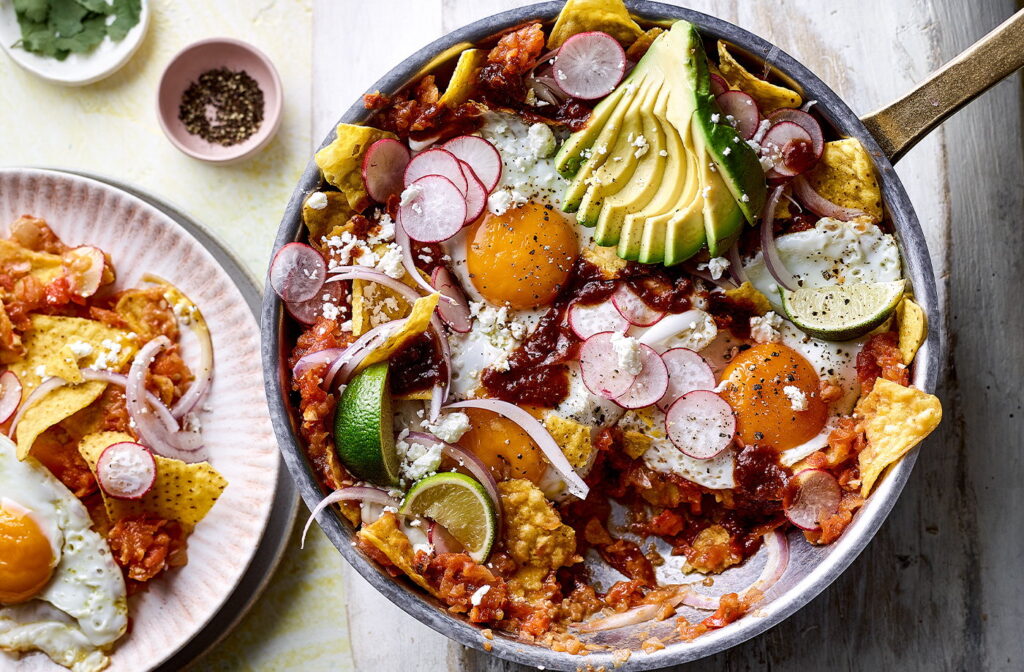Galaxia La Picosa has become a cornerstone in the world of Mexican regional music, bringing together the passionate rhythms of Norteño, Banda, and other traditional styles. As one of the most prominent stations for this genre, Galaxia La Picosa has captured the hearts of millions, blending classic hits with contemporary sounds. Its 24/7 broadcast energizes communities, transcending borders and cultures.
Galaxia La Picosa: Mexican Regional Music’s Vibrant Beacon
From the moment you tune into Galaxia La Picosa, the lively beats transport you straight to the heart of Mexico. This station has earned its reputation as a cultural hub, thanks to its curated selection of the best regional hits. Its playlist consistently features Norteño, Ranchera, Banda, and Cumbia, ensuring that listeners are never short of foot-tapping, dance-inducing tunes.
The name “Galaxia La Picosa” itself conjures images of an expansive galaxy, filled with stars that represent the various artists, rhythms, and traditions. Much like the universe, the range of music is boundless, from soulful ballads to high-energy anthems.
The History and Evolution of Galaxia La Picosa
Galaxia La Picosa didn’t become a major player overnight. It has a rich history rooted in the traditions of Mexican radio. Established with a mission to bring Mexican regional music to the masses, the station has evolved with time, embracing new artists and trends while staying true to its roots.
In the early days, it focused on popular artists like Vicente Fernández and Los Tigres del Norte, drawing a wide audience that appreciated authentic Mexican sounds. Over the years, as new talents emerged and the music landscape shifted, Galaxia La Picosa adapted. Today, you’re just as likely to hear rising stars alongside legendary performers, creating a dynamic listening experience.
Why Galaxia La Picosa is So Popular
What sets Galaxia La Picosa apart is its deep connection with the community. It’s not just about playing music; it’s about creating a shared experience. Fans are loyal, tuning in daily to enjoy the music, hear shout-outs, and participate in radio contests.
The station’s popularity stems from its authenticity. While many radio stations shift toward more commercialized sounds, Galaxia La Picosa stays true to the traditional essence of Mexican regional music. This commitment has garnered it a dedicated following, particularly among listeners who crave music that reflects their heritage.
Moreover, the station’s hosts are more than just voices behind a microphone—they are personalities that engage with the audience, share stories, and create a sense of family. This connection to the listener base is why Galaxia La Picosa remains a household name in many Mexican-American communities.
The Influence of Galaxia La Picosa in Mexican-American Culture
Galaxia La Picosa plays a significant role in preserving and promoting Mexican culture, particularly in the United States. For many Mexican-Americans, tuning into the station is a way to stay connected to their roots. It serves as a cultural bridge, linking the diaspora to the traditions, stories, and emotions that define Mexican regional music.
From Los Angeles to Texas, Galaxia La Picosa resonates with those who long for a taste of home, filling the airwaves with familiar tunes. Whether it’s a family gathering or a road trip, the station has become synonymous with Mexican celebrations and the joy of shared music experiences.
Top Artists and Tracks on Galaxia La Picosa
Galaxia La Picosa’s playlist reads like a who’s who of Mexican regional music. Here are just a few of the artists and songs that regularly light up the station’s airwaves:
- Vicente Fernández: The undisputed king of Ranchera, his songs like “El Rey” and “Volver, Volver” are timeless classics that never fail to stir emotions.
- Los Tigres del Norte: Known for their corridos, songs like “La Puerta Negra” and “Jefe de Jefes” are fan favorites.
- Banda MS: Their modern take on Banda music has made hits like “El Color de Tus Ojos” and “No Me Pidas Perdón” incredibly popular.
- Jenni Rivera: The late queen of Banda left behind a legacy with tracks like “Basta Ya” and “La Gran Señora.”
- Gerardo Ortiz: A younger face in the scene, Ortiz’s “Dámaso” and “Eres Una Niña” bring a modern flair to the genre.
These artists represent just a fraction of what Galaxia La Picosa offers. The station’s catalog spans decades and is always expanding, keeping listeners entertained with a blend of classic and new hits.
How Galaxia La Picosa Uses Technology to Connect with Listeners
In today’s digital age, radio stations have to evolve, and Galaxia La Picosa has done so masterfully. While traditional FM broadcasting is still the mainstay, the station has embraced streaming and social media to reach a broader audience.
Galaxia La Picosa’s mobile app, for instance, allows listeners to tune in from anywhere in the world. Whether you’re in the U.S., Mexico, or beyond, you can enjoy the sounds of home with just a tap. This adaptability has widened its reach and introduced younger audiences to the station, ensuring its relevance for years to come.
Additionally, the station’s presence on platforms like Facebook, Instagram, and TikTok allows for direct interaction with fans. Listeners can request songs, participate in live sessions, and even get behind-the-scenes content from their favorite DJs.
The Role of DJs in Galaxia La Picosa’s Success
Behind every great radio station are the DJs that bring the magic to life. Galaxia La Picosa’s lineup of talented DJs play a huge part in its success. These hosts have their fingers on the pulse of what listeners want, and their charismatic on-air personalities make tuning in a joy.
They know how to mix music with engaging conversation, shout-outs to fans, and even humor. By connecting with their audience on a personal level, the DJs at Galaxia La Picosa keep the station lively and interactive, making it a beloved fixture in many households.
Galaxia La Picosa and Its Influence on New Talent
Beyond its role as a broadcaster of established hits, Galaxia La Picosa also serves as a platform for emerging artists. The station regularly features up-and-coming musicians, providing them with a stage to reach wider audiences. This exposure is crucial for the artists, who might otherwise struggle to gain recognition in a competitive industry.
Listeners appreciate this aspect, as they are often introduced to fresh, exciting sounds while staying connected to their musical roots. It’s this combination of tradition and innovation that keeps the station thriving.
How to Tune into Galaxia La Picosa from Anywhere
Thanks to advancements in technology, you can enjoy Galaxia La Picosa no matter where you are. The station broadcasts live via its official website, and its mobile app ensures you can stay connected on the go.
Whether you’re at home, at work, or traveling, Galaxia La Picosa is just a click away. Its user-friendly app allows you to stream the station in high quality, and you can even customize your experience by setting reminders for your favorite shows.
FAQs
What type of music does Galaxia La Picosa play? Galaxia La Picosa focuses on Mexican regional music, featuring genres like Norteño, Banda, Ranchera, and Cumbia.
Is Galaxia La Picosa available outside of Mexico? Yes, you can stream Galaxia La Picosa worldwide through its mobile app or website.
Who are some popular artists played on Galaxia La Picosa? Artists like Vicente Fernández, Banda MS, and Los Tigres del Norte are regularly featured on Galaxia La Picosa.
Does Galaxia La Picosa promote new artists? Yes, the station often introduces up-and-coming artists alongside established names in the Mexican music scene.
How can I request a song on Galaxia La Picosa? You can request songs through the station’s social media channels or call-ins during live shows.
What platforms can I use to listen to Galaxia La Picosa? You can listen to Galaxia La Picosa on FM radio, its mobile app, or via online streaming on its official website.
Conclusion
Galaxia La Picosa continues to be a beacon of Mexican regional music, bringing the best of Norteño, Banda, and other beloved genres to listeners worldwide. Its dedication to the culture, its ability to adapt to the times, and its genuine connection with its audience make it a standout station. Whether you’re a lifelong fan of the genre or new to the vibrant world of Mexican music, Galaxia La Picosa offers an unparalleled listening experience.


 Business7 months ago
Business7 months ago
 Tech9 months ago
Tech9 months ago
 News8 months ago
News8 months ago
 Blog8 months ago
Blog8 months ago
 Life style8 months ago
Life style8 months ago
 Tech7 months ago
Tech7 months ago
 Blog9 months ago
Blog9 months ago
 Apps8 months ago
Apps8 months ago


